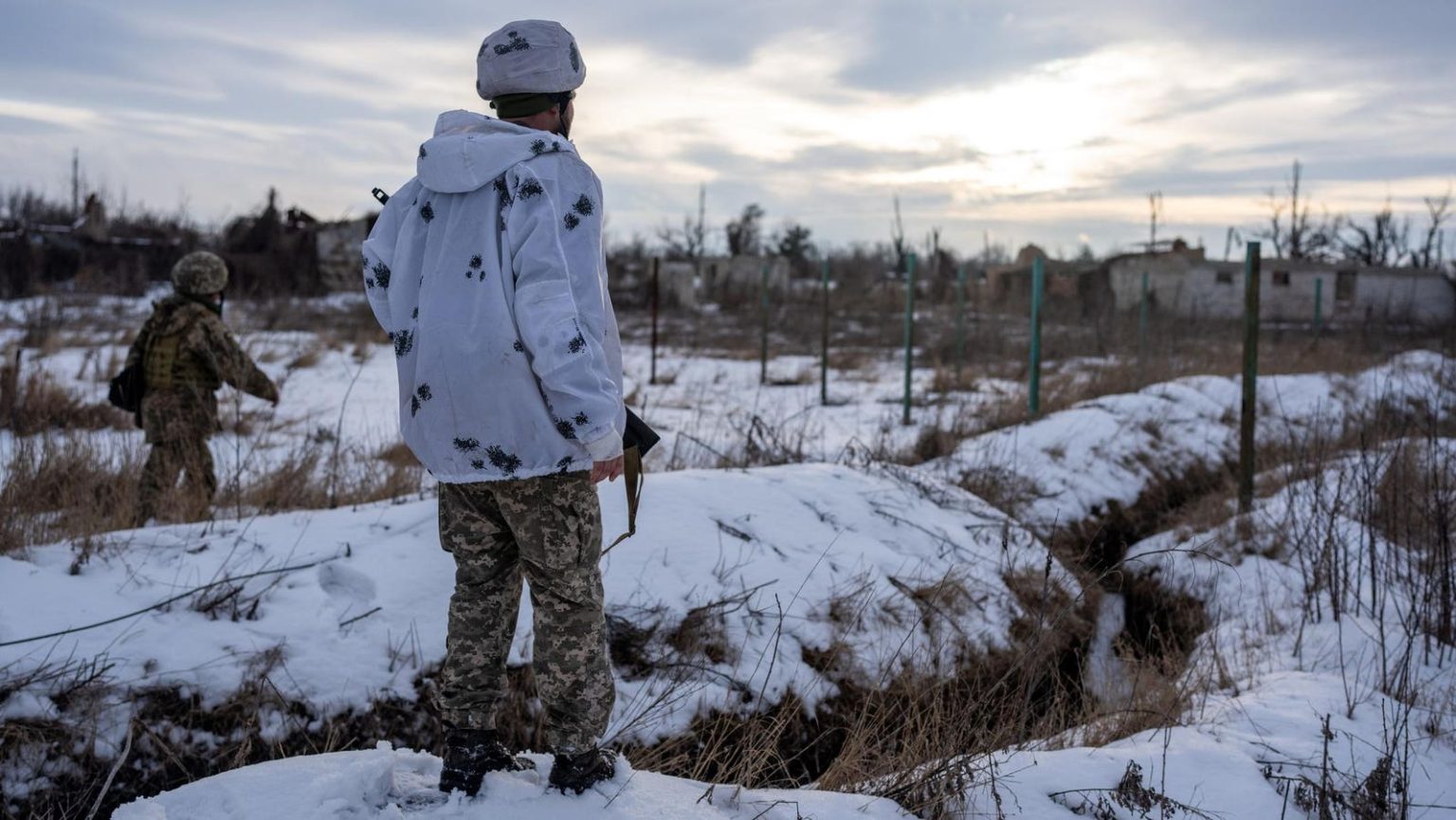The Eastern European winter has a long and storied history of wreaking havoc on military operations. Indeed, since ancient times, militaries in this region had to plan for the extreme cold, heavy snowfall, and icy terrain associated with winter, or risk facing major setbacks to their operations. This will definitely be the case for Ukraine and Russia as winter is approaching. Since this is the second winter of the war, both countries are prepared to handle the hardships of the season and exploit it to their advantage.
Winter in Eastern Europe presents formidable obstacles to large-scale military operations. The weather conditions impede the mobility of military vehicles, as they struggle to navigate through snow-covered and frozen landscapes. Additionally, the older diesel engines common in most military vehicles have increased maintenance issues during winter due to the frigid temperatures. Meanwhile, dismounted infantry soldiers face their own set of challenges with reduced endurance, limited visibility, and an elevated risk of cold-related injuries.
Furthermore, the logistical demands of combat operations increase during winter. Frontline units require substantially more food and fuel supplies as temperatures drop. Moreover, military vehicles demand heightened maintenance and spare parts in colder conditions. Delivering these crucial provisions becomes perilous due to snowy and icy roads. Once roads are passable, resupply convoys are limited to cleared routes, making them susceptible to enemy artillery.
Winter also takes a toll on soldier morale. The extreme cold and harsh conditions make life on the battlefield challenging, resulting in frostbite, hypothermia, and other cold-related injuries. Escaping the elements, soldiers will huddle indoors, allowing diseases to quickly spread through the ranks. The prolonged discomfort instills a sense of hopelessness among soldiers, eroding their resolve. Additionally, the darkness of winter exacerbates feelings of isolation, amplifying the emotional strain of separation from families during the holiday season.
Despite these challenges, the Ukrainian counteroffensive will likely continue, albeit at a slower pace. Instead of conducting large-scale assaults, Ukraine will focus on targeted strikes to set the stage for larger assaults in the spring. These targeted strikes can be swift, reducing resource consumption and minimizing soldiers’ exposure to harsh conditions. Moreover, these strikes can use drones and similar systems to reduce the exposure of soldiers to the elements. Similar to last year, these operations will include targeting Russian supply lines, further decreasing Russian mobility, increasing logistical challenges, and decreasing soldier morale.
Additionally, the winter slowdown provides the Ukrainians with the opportunity to train on equipment provided through foreign military aid and integrate these assets into their formations. Reports indicate that Ukrainian forces have received all the M1 Abrams tanks expected from the United States, as well as various armored vehicles, air-defense systems, drones, and counter-drone systems. Proper training is essential for these systems to be effective in combat. This decrease in operational tempo will allow the Ukrainian forces to train on the systems, integrate them into their units, and develop new tactics to better leverage the new technology.
Meanwhile, the Russians can be expected to take advantage of the Ukrainian counteroffensive’s slowdown to fortify their positions. This lull presents an opportunity for Russian forces to establish new minefields and obstacle belts. Additionally, it allows the Russian military-industrial complex to catch up on production, allowing them to address key shortages including munitions. The Russian military will also use this reduced tempo to develop and field new electronic warfare, drone, and counter-drone technologies, which play a significant role in Russian tactics. The Russian objective is to have well-supplied units fortified behind robust defensive barriers and equipped with state-of-the-art technologies by spring, enabling them to effectively repel any potential Ukrainian assault.
Another issue related to winter concerns popular support. Last winter, Russia launched cyber and missile attacks on Ukrainian infrastructure, pushing the national energy grid close to collapse. With the frigid temperatures, the lack of heating could weaken the resolve of the Ukrainian population, so a similar attack this year is expected. However, the Ukrainians have made efforts to fortify their grid to be more resilient against a Russian attack. The Russians will further attempt to use winter to erode international support for Ukraine. Similar to last winter, the Russian media will likely launch campaigns suggesting that increased energy costs across Europe are linked to their support of Ukraine, discouraging military aid.
Unlike many historical armies, Russia and Ukraine are not inclined to suspend their conflict during the winter, given the challenges it presents to their forces. Instead, both sides will adjust their tactics to navigate the harsh Eastern European winter, strategically positioning themselves for the upcoming spring. This winter presents a valuable opportunity as tactical operations temporarily slow down. Whichever side can effectively capitalize on this chance will gain an advantage when spring arrives.
Read the full article here





